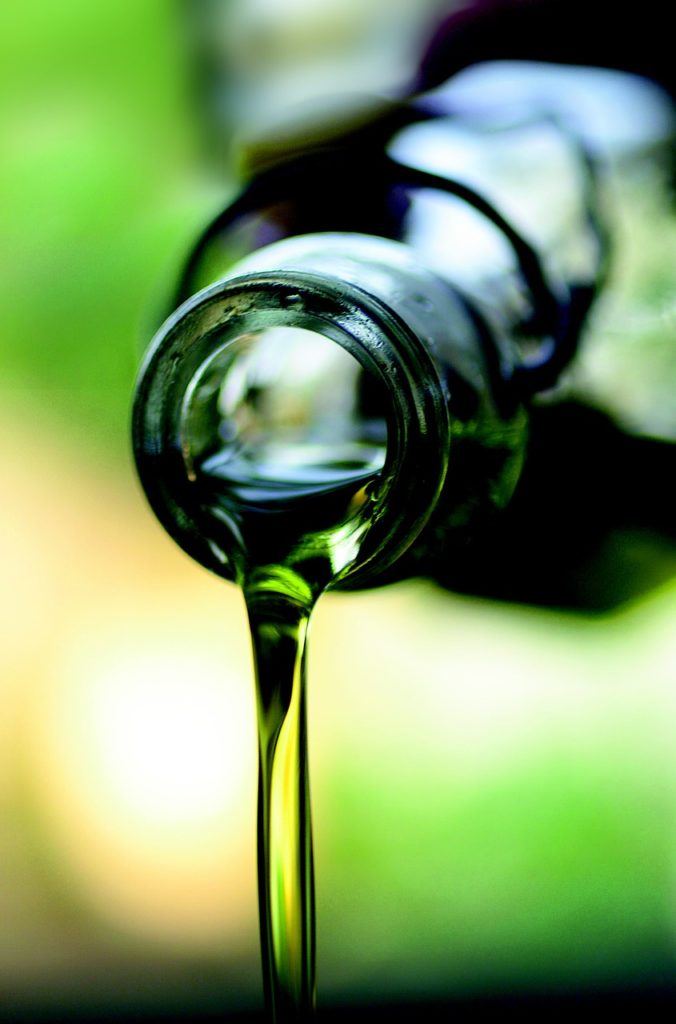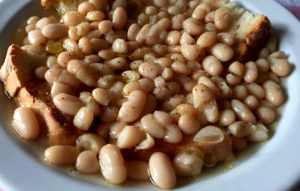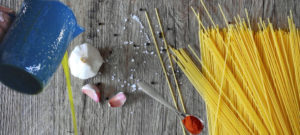Articolo disponibile anche in: Italian
This year there will be less extra virgin olive oil produced in Tuscany, but it will be of high quality.
Confagricoltura Toscana estimates an average 30% decrease for a total of 170 thousand quintals produced.The region’s internal areas are the worst affected by the heavy rains and hail of recent weeks.
“We’re optimistic with regard to the quality – says President Francesco Miari Fulcis – the feared parasite Bactrocera oleae, the so-called olive fruit fly, is not a cause for concern. But the production quantity was unfortunately badly affected by unfavourable weather conditions”.

In many olive-growing areas the low temperatures recorded at the end of February – with peaks of 9 degrees below zero – have damaged the plants’ foliage and caused a scarcity of fruits. In addition, hail and heavy rains in some areas of the region have caused many trees to drop olives, worsening the situation.
“Widespread varieties of olive trees, such as the Frantoio, have also been affected at the time of setting – continues the president – while the Moraiolo variety has held up well”.
The sudden changes in climate have become more and more frequent and require a new approach.
“Modern olive growing must be able to cope with these adversities – explains President Miari Fulcis – for example, data on plant varieties which are resistant to cold are encouraging. We must take a modern approach to olive growing, using innovative techniques, specialised plants and wherever possible, even intensive cultivation”.
Land abandonment is another topic we need to address. “The olive growing sector is taking the brunt of land abandonment, especially in inland areas – concludes the president of Confagricoltura Toscana – Tuscany needs to bring some innovation to this strategic sector of its economy, because if it’s true that the olive tree is a vital feature of our landscape, it must be considered for more than just aesthetic value”.


